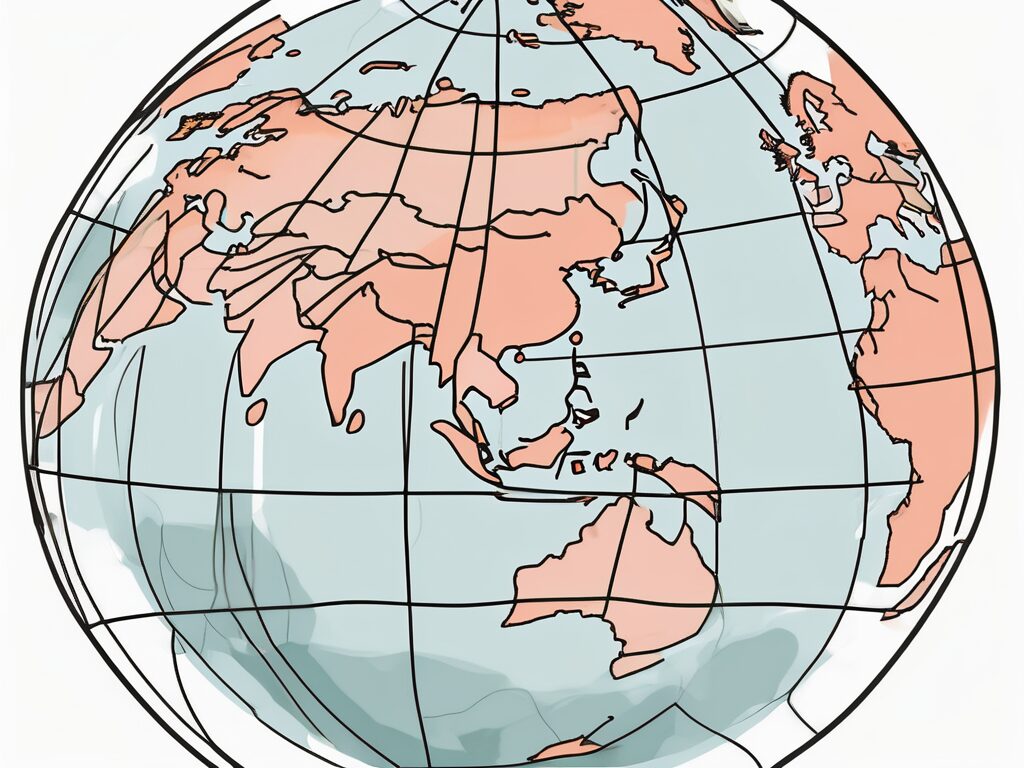How Do International Schools in Singapore Compare to Those in Other Countries?
International schools in Singapore are renowned for their high standards and diverse curricula, attracting educators and students from around the world. For aspiring international teachers, understanding how these schools compare to those in other countries is crucial for career planning and development. In this article, we will explore the unique aspects of Singapore’s international schools, the skills required to teach there, and how they stack up against global counterparts.
Why is it Important for Aspiring International Teachers?
International schools in Singapore are part of a rapidly growing global education market. With Singapore’s strategic location and multicultural environment, these schools offer a unique blend of Eastern and Western educational philosophies. This makes them highly attractive to educators seeking diverse teaching experiences and career advancement opportunities.
According to recent data, the demand for international teachers in Singapore is on the rise, driven by the country’s commitment to educational excellence and its status as a global business hub. Understanding the landscape of international schools in Singapore can help educators make informed decisions about their career paths.
Key Skills or Qualifications Required
To teach in Singapore’s international schools, educators typically need a recognized teaching qualification, such as a Bachelor of Education or a Postgraduate Certificate in Education (PGCE). Additionally, experience in international curricula like the International Baccalaureate (IB) or Cambridge International Examinations (CIE) is highly valued.
Soft skills such as cultural sensitivity, adaptability, and strong communication abilities are also essential. These skills help teachers navigate the diverse cultural landscape of Singapore and effectively engage with students from various backgrounds.
Steps to Get Started
1. Obtain the necessary teaching qualifications and certifications.
2. Gain experience in international curricula through teaching positions or professional development courses.
3. Research and apply to international schools in Singapore that align with your teaching philosophy and career goals.
4. Network with other international educators to gain insights and advice on working in Singapore.
Challenges and How to Overcome Them
Teaching in Singapore’s international schools can present challenges such as adapting to a new cultural environment and meeting high academic standards. To overcome these, educators should engage in continuous professional development and seek mentorship from experienced colleagues.
Additionally, understanding the local culture and building relationships with students and parents can help teachers integrate more effectively into the school community.
Best Practices and Tips for Success
1. Stay updated on global educational trends and incorporate innovative teaching methods into your practice.
2. Foster an inclusive classroom environment that respects and celebrates cultural diversity.
3. Collaborate with fellow educators to share resources and strategies for effective teaching.
4. Engage in reflective practice to continually assess and improve your teaching methods.
Conclusion
International schools in Singapore offer a dynamic and rewarding environment for educators seeking to expand their horizons. By understanding the unique aspects of these schools and preparing accordingly, aspiring international teachers can position themselves for success in this competitive field. Embracing the challenges and opportunities of teaching in Singapore can lead to a fulfilling and impactful career.
Want to become a teacher in a Tier 1 international school? Join the course here.

